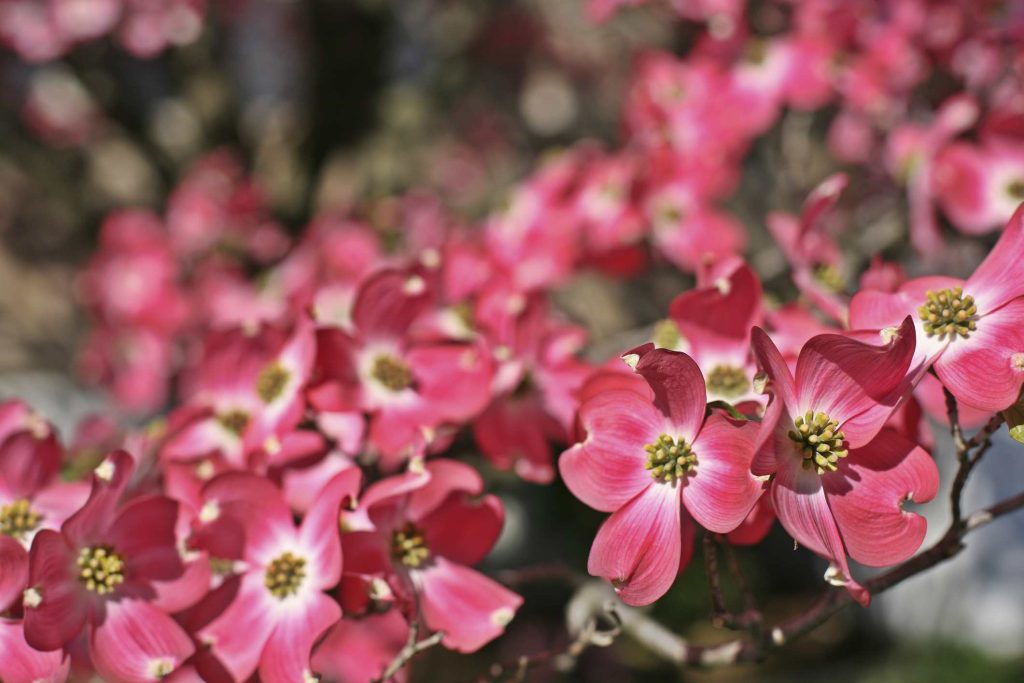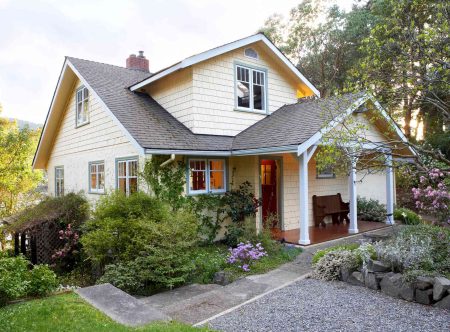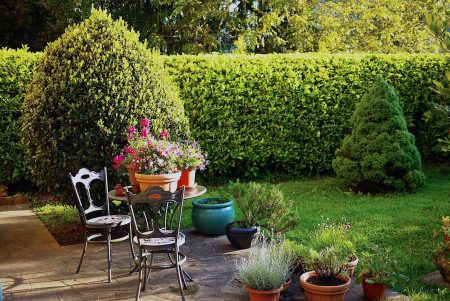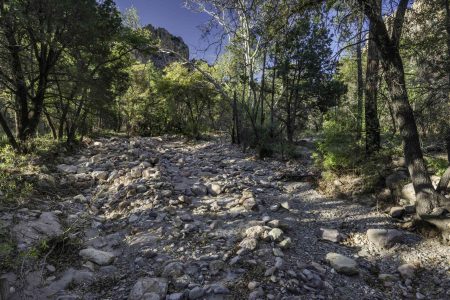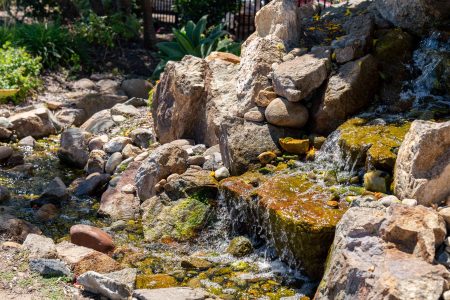Knowing the best time for planting trees isn’t as straightforward as you might think. The basic idea is to plan the planting such that a period of moderate weather will likely follow, giving the tree time to become established. If you perform the transplant right and the weather cooperates, chances of survival are good. But just how perfectly does everything have to go? There’s often some room for error, but that depends on factors such as the type of tree you’re planting. Let’s explore those factors in detail.
Best Time to Plant by Tree Type
While a healthy evergreen never loses all of its foliage, it’s part of the normal yearly cycle for deciduous trees to drop all of their leaves. This happens in fall. But not all deciduous trees lose their leaves at the same time in fall. Oak trees (Quercus spp.) keep their leaves later into autumn than do maple trees (Acer spp.), for example.
When leaves of deciduous trees fall in autumn, it’s an indication that they’re entering a state of dormancy. They stay in that state all winter; the indication that they’re coming out of dormancy is the unfurling of buds in spring. Broadly speaking, the best time to plant deciduous trees is between these two points in time (except for when the ground is frozen), when they’re dormant.
While evergreen trees don’t grow as quickly in winter as in other seasons, they don’t undergo the kind of dormancy that deciduous trees do. Nor do they offer clear-cut indicators that give you a green light to plant them. But evergreens generally are tougher than deciduous trees. Because of this toughness, you have a greater window of opportunity to plant them. You can plant them earlier in fall and later in spring than you can deciduous trees.
Planting in Spring vs. Fall, Cold vs. Warm Climates
There are pros and cons for planting in either fall or spring:
- A pro of fall planting is that your tree most likely won’t become stressed out by hot temperatures in the near future. There’s a greater risk of this with spring planting.
- A con of fall planting is that, if winter comes early, the ground may freeze before the tree becomes established. Once the ground freezes, water won’t be available to the roots.
- Another con of fall planting is that it’s easier to forget to water in fall. In spring, you’re likely to be more intimately engaged with the garden, conscientious about watering everything that needs it.
So which should you be more concerned about, a sudden blast of cold or of heat? The answer depends on where you live. If you live in the North, worry more about the cold; so, generally, spring planting is best. But heat is the great enemy for Southerners, who may wish to plant in fall, instead.
Planting Container-Grown and B&B Trees vs. Bare-Root Trees
The answer becomes firmer when you factor in exactly what it is that you’re planting.
When you decide to grow a particular kind of tree, you’ll typically either go online and order a bare-root plant or go to a nursery and buy a plant that’s container-grown (in a plastic pot) or balled-and-burlapped (B&B). While it may be tempting to save money and grow a tree from seed (the least expensive way to start a plant), most people are too impatient for this: They don’t want to wait years for a plant to get big enough to provide an impact. Container-grown trees and balled-and-burlapped trees are the most expensive choices; the compromise option is the bare-root plant.
What Are Bare-Root Plants?
Perennials, shrubs, and trees are all commonly sold and delivered as “bare-root” plants, so called because a nursery digs them up while dormant and stores them without any soil around their roots. When customers order them online, the nursery wraps them in plastic, boxes them, and mails them to the recipient.
Bare-root plants are less expensive than container-grown plants and balled-and-burlapped plants because the nursery has put less material and labor into producing them. However, the consumer pays for this savings in multiple ways. You must be more attentive in caring for a bare-root plant when it arrives. When you buy a tree grown in a pot, you’re getting a plant with an undisturbed root ball. When you plant it, you’ll be placing the whole rootball (dirt and all) in the ground. This leaves the roots undisturbed. Also, the roots of a container-grown tree have been protected by the hard plastic. It has thus been shielded from injury while at the nursery no matter how much it has been moved around. By contrast, you must take it on faith that nursery workers have handled the roots of a bare-root tree with care.
Even if bare-root tree roots have been handled with care, they still must become established in soil. Container-grown and balled-and-burlapped specimens have a headstart in this regard. Bare-root plants are thus more vulnerable.
This vulnerability factors into when you should plant bare-root trees (vs. container-grown or balled-and-burlapped trees).
Planting Bare-Root Trees
With bare-root trees, there’s less margin for error. Just one setback kills them. Since an early winter would almost certainly kill a bare-root tree planted too late in fall in the North, early spring would definitely be a better time to plant. Simply reverse that logic for the South: An early summer would almost certainly kill a bare-root tree planted too late in spring there, so opt for a fall planting.
Planting Container-Grown and Balled-and-Burlapped Trees
By contrast, with container-grown or ball-and-burlapped plants, there’s more room for error. While the odds still favor spring over fall plantings, or vice versa, there’s a good chance the tree will survive transplanting in either season if you follow the basic rules of transplanting.
Read the full article here



